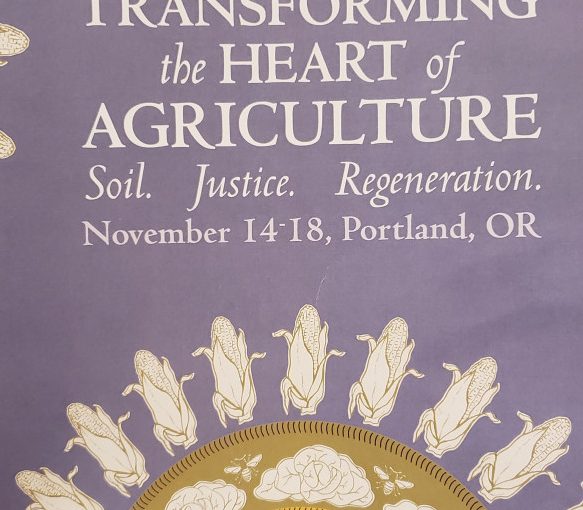The Biodynamic Conference 2019 was incredible. The only downsides were that I had decision fatigue from deciding what of the amazing workshops I wanted to attend and that I had to miss the rest of the conference.
I was impacted by the community, the ideas, the passion, and the stories of real-life people making a difference. From the key-note speeches to the workshops, to the food, and the connections of people in-between. The Biodynamic Conference is something that I want to attend over and over again. It inspired me not only to seek out things to consume but concepts and curriculum to create. Knowing that there are people out there hungry for this type of information and inspiration is incredibly motivating.
Even though I was short on sleep, I was committed to fully immersing myself into the experience and downloading as much as I could considering. From the very beginning, I felt like I was witnessing the future of farming embodied in people who had been living in the future for a number of years now.
Wintergreen Farms was a stunning example of how to do things in a good way. They respect the seasons and nutrient cycles as well as the indigenous people who inhabited the land before them. They are the oldest operating CSA and instead of finding ways to just bring in more profit, they are constantly seeking ways to bring value to their customers, community, and the land. They believe wholesome food is a basic human right and they do everything in their power to provide for the people.
http://www.wintergreenfarm.com/
Vilicus Farms in northern Montana is a stunning example of how to do industrial-scale agriculture in an ethical way. “Vilicus” is Latin for “steward of the land.” They have ~7,400 acres and are a premium supplier to a lot of organic food companies. They go above and beyond organic by planting pollinator habitats, attempting to prevent soil erosion, and looking into becoming biodynamic certified on an industrial scale. They have an apprentice program to raise up the next generation of mindful and business savvy land-stewards.
https://www.vilicusfarms.com/
A quote from their website:
“The real key to sustainable farming, for both plants and people, is collaboration. By building synergistic relationships throughout the food system – farm-to-table, legume-to-grain – we can cultivate a more resilient future for all of us.”
-LIZ CARLISLE
Lunch was incredible as expected. When you are surrounded by people who make growing the best food in the best soil their living, you can be sure that the eating opportunities will be lush.
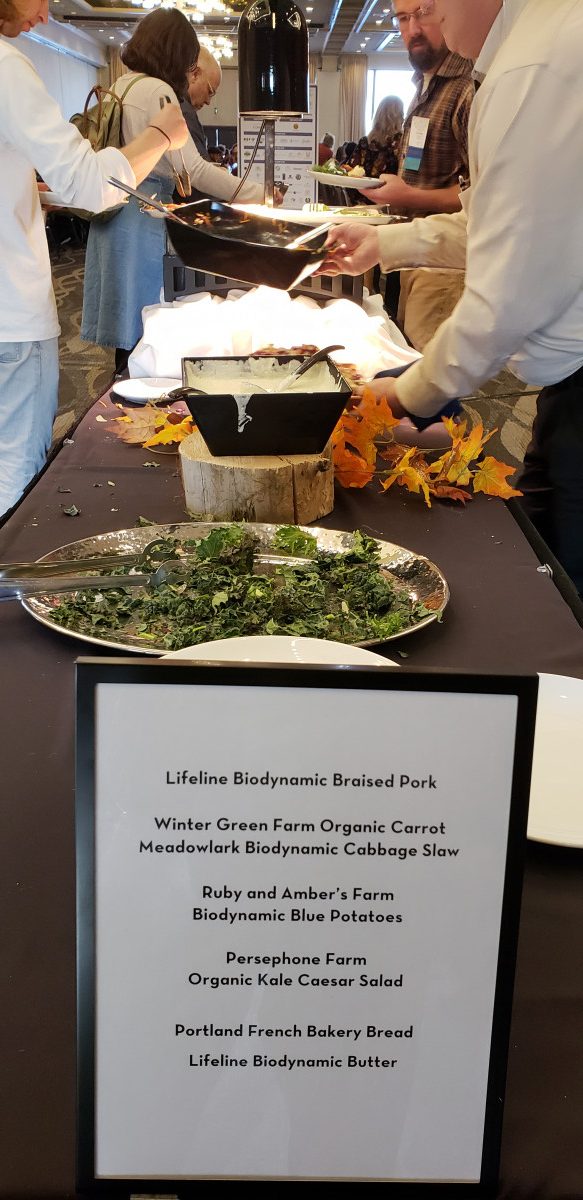
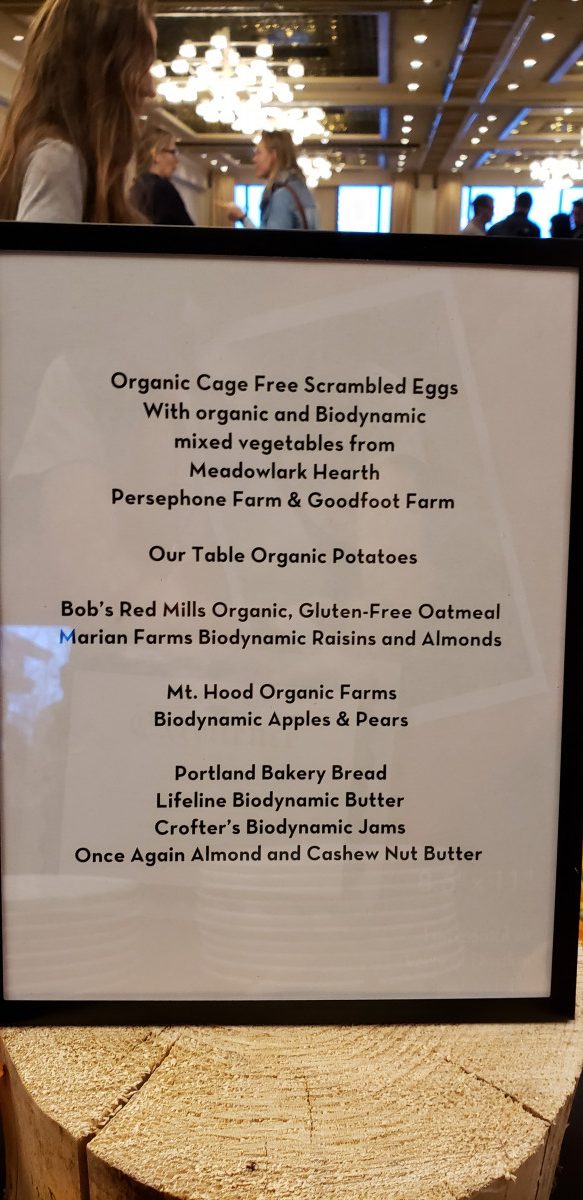
All the workshops were wonderful and so I’ll take a short time to highlight a bit about them.
The first workshop was called “Quantum Physics for Biodynamic Farmers.” What I took away from this workshop was further clarity on how much of a difference the observer, the doer, and the space-between has an effect on the physical matter and processes. Basically, the presenter laid out a few of the basic accepted ideas behind quantum physics and how that relates to the biodynamic concept of spirit playing a role in tending to the earth. Quantum Physics proves that matter changes state based on the observer thus linking the non-physical to the physical. A quote from his presentation “As human beings, our task is to bring higher, spiritual realities into a relationship with the physical world… And the heart organ is precisely what the higher I uses to make the sensory self its instrument so it can use it.” —Rudolf Steiner. Elad Sadeh, the facilitator, did an incredible job laying out very complex concepts that a diverse group of attendees seemed to be able to digest.
The second workshop I attended was called “Yahowt! Indigenous-Led Permaculture Design and Indigenous Foods.” The presenters, all female, showcased their vision for permaculture education that is reclaimed by women and indigenous folk. Permaculture is largely a collection of ideas and methods organized by Bill Mollison but largely inherited by studying long-held indigenous agroforestry and small-scale agricultural techniques. Through some innovative non-profit work, these women are educating others in permacultural practices, restoring native plants, and creating edible autonomy in their respective communities.
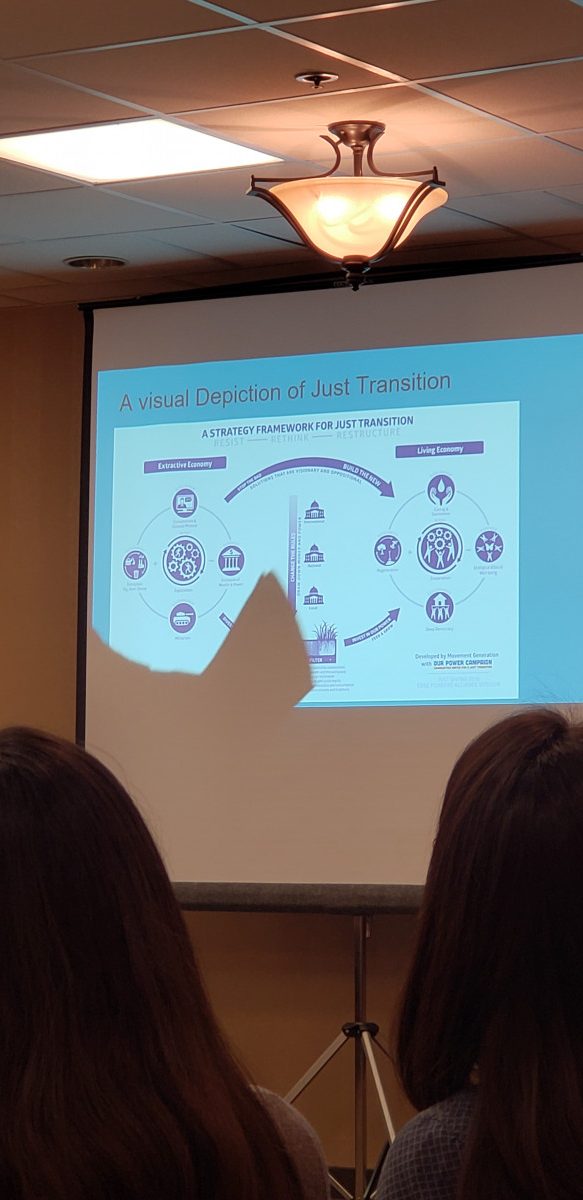
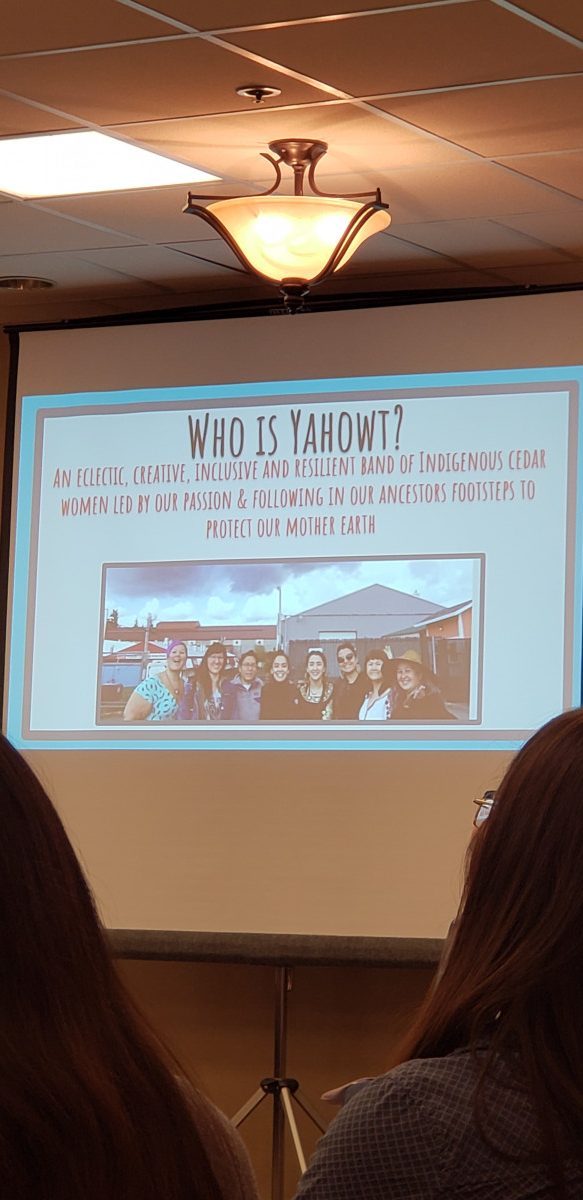
Finally I attended a workshop called “From Farm Organism to Farm Indviduality” by Ueli Hurter. Ueli is an incredible human and I’ll admit, I don’t think that I could properly do justice to what he was talking about off the top of my head, but the way hey spoke was captivating (with a Swiss German accent). He has an impressive resume’. From the Bio-dynamic website, “he has been the co-head of the Agriculture Section at the Goetheanum (with Jean-Michel Florin) since 2010 and currently sits on the executive board International Biodynamic Association… He is co-manager of the enterprise Ferme de L’Aubier, a Demeter certified farm with mixed culture and an on-farm cheese dairy, bio-hotel, bio-restaurant, café-hotel, and eco-living quarters.” So not only is he operating from a global organizational perspective, but he has his own small-business operating on every level of market integration. I would say the main things that I pulled from his 1.5 speech was that bio-dynamics is legitimate. The data he pulled from a 20 year study shows that it is far and away a better method of food production that conventional, producing more and better quality food for less input and petroleum use. The data even showed that it edged out organic is most every category. He believes that we need to reshape the marketplace and bring producers in closer contact with their customers. The producers are not making much money because their products must go through processors, wholesalers, and stores before it makes it to their customers. Instead of it being such a linear model of the value-added economy, that these various aspects of the marketplace can be more dynamic and work across the hierarchy in order to create more value and earn more income.
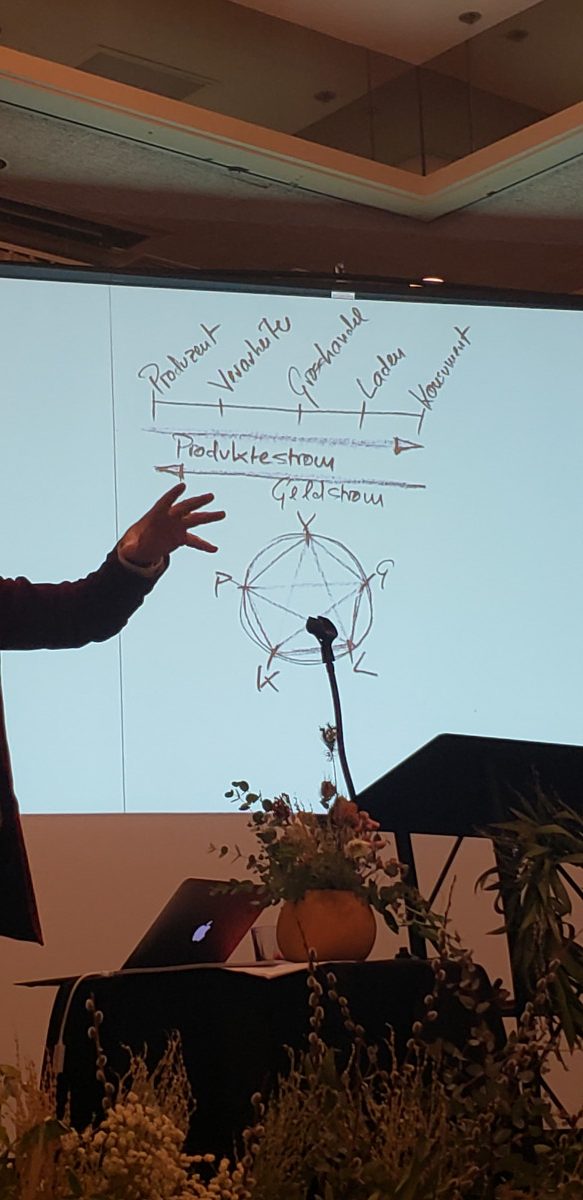
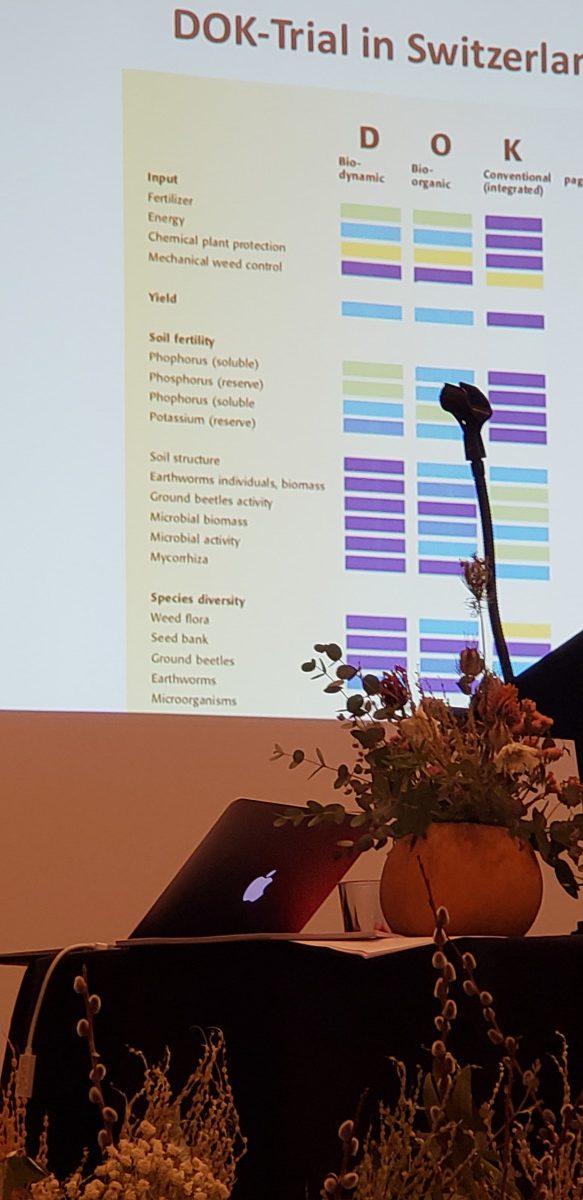
Overall the Biodynamic Conference was overwhelming in all the ways one would want it to be. Lots of lovely people doing important work for the betterment of the Earth. I was talking to someone at the conference about how just getting all these people together in one place has a profound energetic quality without even anyone learning anything. I’m sure there were countless connections made that will have an impact on our agricultural and global economy just in the downtime. I know I exchanged numbers with a few people and look forward to seeing the fruit that comes from all these seeds and sprouts.
